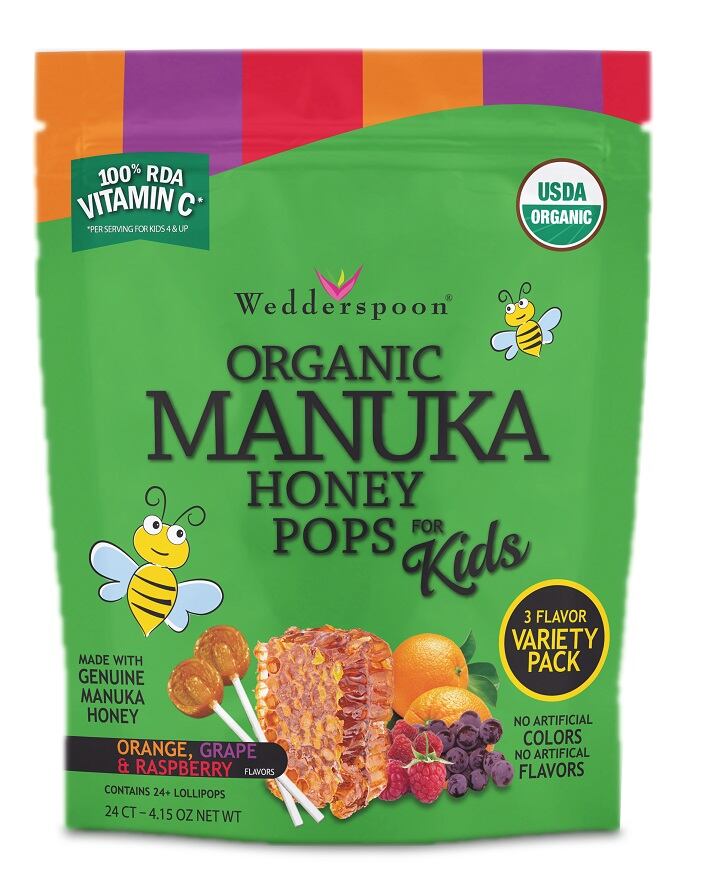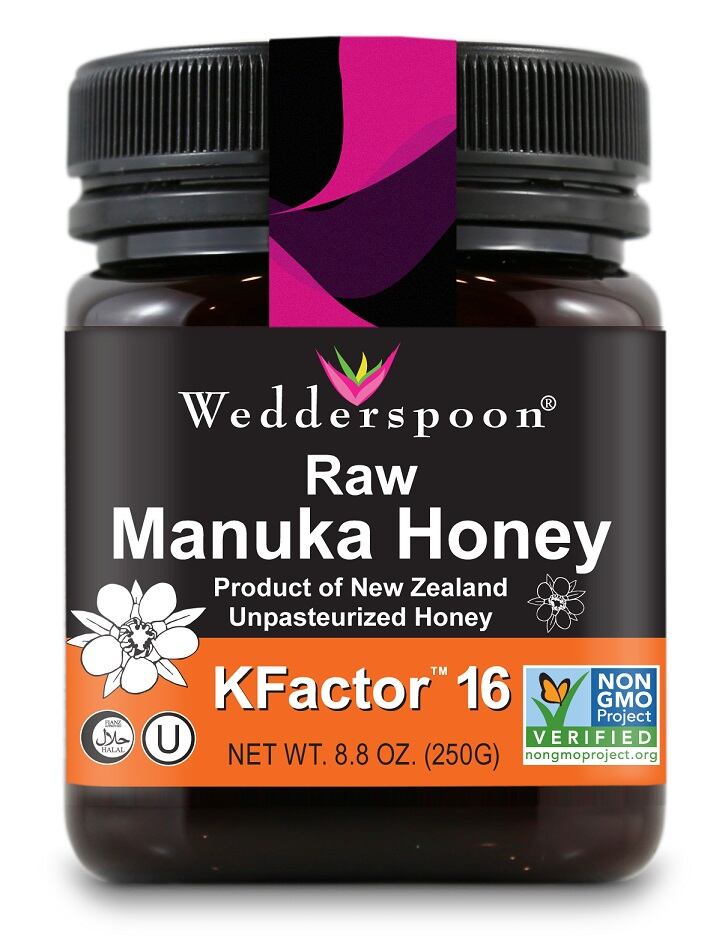The company, which is headquartered in the US but has a significant operation in New Zealand, recently announced its products accounted for 73% of the combined growth of the Manuka category at conventional grocery, natural and specialty stores.
“We knew from the beginning that the potential for Manuka Honey in the US market was massive, and to do it right would take a thoughtful and unconventional approach rooted in consumer education, innovation, and traceability in the supply chain from hive to home,” said Rebecca Remley, CEO of Wedderspoon.
“2017 was a phenomenal year for us, and marks a culmination of awareness in the North American market, coupled with more widespread availability of our Manuka Honey-based products throughout the US rather than isolated on the coasts.”
Products are now available in retailers such as CVS, Sprouts, Publix, and Natural Grocers. The company started with the traditional jars of raw Manuka honey, and then launched drops about five years ago. Six months ago, Wedderspoon launched Organic Manuka Honey Pops for Kids, an innovative new format made with simple ingredients including Organic Manuka Honey and 100% RDA Vitamin C.
What is it?
All honey is derived from floral sources. Manuka Honey is made by bees collecting nectar from the Manuka bush (Leptospermum species), native to New Zealand (there are other strains found in Australia). Efforts have been made to transplant Manuka to other regions of the world, but these have proved unsuccessful, Remley told us.

Professor Peter Molan of Waikato University, New Zealand, is credited as the first to report the unusual activity of Manuka honey in the mid-1980s. Published data showed that even at low concentrations Manuka honey showed potent anti-bacterial activity. All honey shows antibacterial potential to some degree, and this has been attributed to the hydrogen peroxide (H2O2) content. However, H2O2 in Manuka honey is relatively low, but anti-bacterial activity remains. Researchers identified a compound called methyl glyoxal (MGO) in 2008 as the source of this “non-peroxide activity”.
“Manuka is honey unto itself,” said Remley. “Some of the key properties of Manuka honey have been known about for 30-35 years, but we still don’t know the complete story. There are identifiable elements but debate over how they interact.”
Studies are going on all around the world, many of which are exploring the potential topical benefits, she added. Indeed, a search of ClinicalTrials.gov shows five studies using Manuka honey currently recruiting patients for clinical end-points ranging from wound care to treating pressure ulcers in critically ill children.
“On the edible side they are looking at immune support and anti-inflammatory,” said Remley. Wedderspoon does not make any claims on its products, and consumers are learning about the benefits anecdotally, she said.
Consumer awareness of Manuka honey was in the low single digits when the company started 13 years ago, she added, and although it has definitely increased over the years awareness is still very low.
Regions
The landscape is very different in other international markets, however. Asia is a big market for Manuka honey, which is probably due to its proximity to New Zealand. “The US is one of the last major countries to learn about the product,” she said.
The natural honey category in the US (combined SPINs and Who Cube*) is $342 million and growing at 10.8%. Of this, Manuka is 5% of the category at $17.5 million, and is growing at an mouth-watering 22.2%.
Wedderspoon is the hottest brand within the Manuka space, with a 52.2% share of market and growing at 41.8%, according to Nielsen data.
Quality

The wider honey category has been dogged with quality issues for years, but the New Zealand government has taken a pro-active approach to protect the quality and integrity of its Manuka honey industry. The country’s Ministry for Primary Industries recently finalized a “robust and sophisticated scientific definition that can be used to authenticate whether or not a particular honey is New Zealand mānuka honey”, according to its website.
“The science definition for mānuka honey is essential to maintain New Zealand's premium position in overseas markets. It will also help the continued growth of our export honey industry. It's important:
- that overseas regulators have confidence in the assurances we give them about New Zealand mānuka honey
- consumers in export countries are confident they're getting genuine mānuka honey,” states the MPI.
The authenticity test is based on five attributes, four are chemical (from the nectar), and one is a DNA marker from Manuka pollen. “All honey labelled as mānuka for export must be tested by an MPI-recognised laboratory to make sure it meets the new mānuka honey definition,” adds the MPI.
So how big could Manuka honey be? “That’s yet to be seen,” said Remley. “It crosses over so well into so many categories, from skin care to the food space.”
*SPINS data (Natural, conventional and specialty) is 52wks through 12-30-17. WHO CUBE (Whole Foods Market) is 52wks through 12-17-17.

